Over the past decades, many ethnic minority farmers in Dak Nia have chosen coffee as a key crop for economic development.
Thanks to diligence, hard work and application of techniques in farming, many households have escaped poverty, have stable incomes, and gradually improved their lives.
One typical household is Mr. K'Khiem, Head of N'Jrieng hamlet, Dak Nia commune. Since 2009, he has started growing coffee on the land left by his grandparents. Currently, he owns 2.5 hectares of coffee with a total of 2,500 trees.
.jpg)
“In years with favorable weather, each hectare of coffee my family grows yields over 4 tons. In the last harvest, although affected by drought, I harvested 6 tons of coffee beans. Of which, 800 replanted trees have not yet been harvested because they were newly planted,” Mr. K’Khiem shared.
Thanks to good farming techniques, Mr. K'Khiem's family's coffee yield is stable every year. This year, Mr. K'Khiem sells coffee at a price of 120,000 VND/kg or more, earning about 700 million VND.
“The most important thing in growing coffee is to ensure adequate irrigation, timely and correct fertilization, and quality varieties. Currently, my family mainly grows TR4, TR9, and coffee vine varieties,” said K’Khiem.
.jpg)
Not only applying good techniques to take care of his coffee plantation, Mr. K'Khiem also regularly shares his experiences with the villagers.
“While exchanging labor with local people, I often share techniques for taking care of coffee gardens to achieve high productivity. In recent years, pests, especially fungi, aphids and bugs, have appeared a lot, so we have learned and shared experiences together,” said K’Khiem.
Many other ethnic minority households in Dak Nia commune are developing their economy from coffee trees. Mr. K'Krai, a farmer in the area, currently has 3 hectares of coffee, harvesting 10-14 tons of coffee beans each year thanks to proper care.
Ms. H'Grép's family grows more than 2 hectares of coffee, yielding 6-7 tons per crop. Looking at these numbers, it shows that coffee trees are truly bringing high and stable economic value to local people.
.jpg)
Over the past 20 years, coffee prices have fluctuated between low and high, but the crop has basically brought stable income to growers. According to Mr. Do Van Sin, Vice Chairman of Dak Nia Commune People's Committee, in recent years the commune has actively encouraged each ethnic minority household to plant 200-300 coffee trees or more to develop the economy. Thanks to support in varieties and techniques from all levels, along with the consensus of the people, the coffee growing model has gradually become effective.
Dak Nia commune has 2,628 households, of which ethnic minorities account for about 39%. Of the approximately 39% of the ethnic minority population in Dak Nia commune, an estimated 17% are growing coffee. Most ethnic minority households growing coffee are supported with seeds and techniques, and access to loans... The average yield of coffee gardens of ethnic minority households is about 2 tons/ha. Households that take good care of their coffee can achieve 4-5 tons/ha, a fairly positive figure compared to the general level.
Mr. Do Van Sin said: "Over time, people have agreed because coffee trees bring stable income and are suitable for local climate and soil conditions."
Compared to many other crops, coffee is more drought resistant and has a stable income, so people choose to grow it.
Mr. Do Van Sin, Vice Chairman of Dak Nia Commune People's Committee, Gia Nghia City
Source: https://baodaknong.vn/dong-bao-vung-ven-gia-nghia-kham-kha-nho-ca-phe-250170.html





![[Photo] General Secretary To Lam concludes visit to Russia, departs for Belarus](https://vphoto.vietnam.vn/thumb/1200x675/vietnam/resource/IMAGE/2025/5/11/0acf1081a95e4b1d9886c67fdafd95ed)

![[Photo] National Assembly Chairman Tran Thanh Man attends the Party Congress of the Committee for Culture and Social Affairs](https://vphoto.vietnam.vn/thumb/1200x675/vietnam/resource/IMAGE/2025/5/11/f5ed02beb9404bca998a08b34ef255a6)
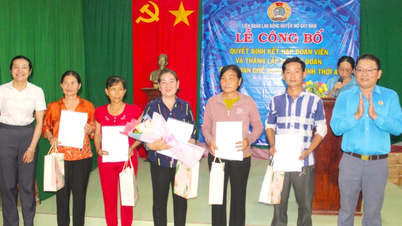
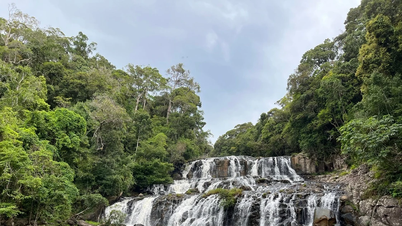
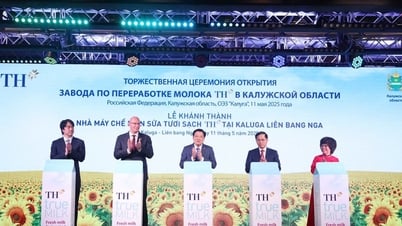
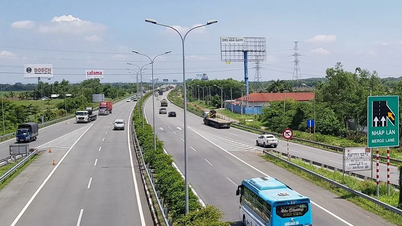

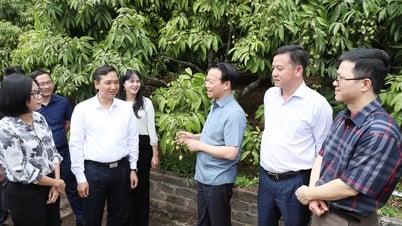








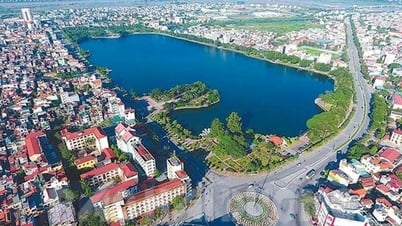

![[Photo] Discover the beautiful scenery of Wulingyuan in Zhangjiajie, China](https://vphoto.vietnam.vn/thumb/1200x675/vietnam/resource/IMAGE/2025/5/11/1207318fb0b0467fb0f5ea4869da5517)






























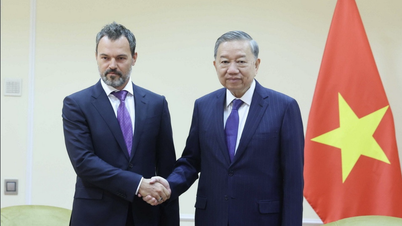















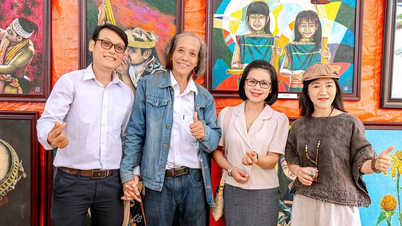













Comment (0)